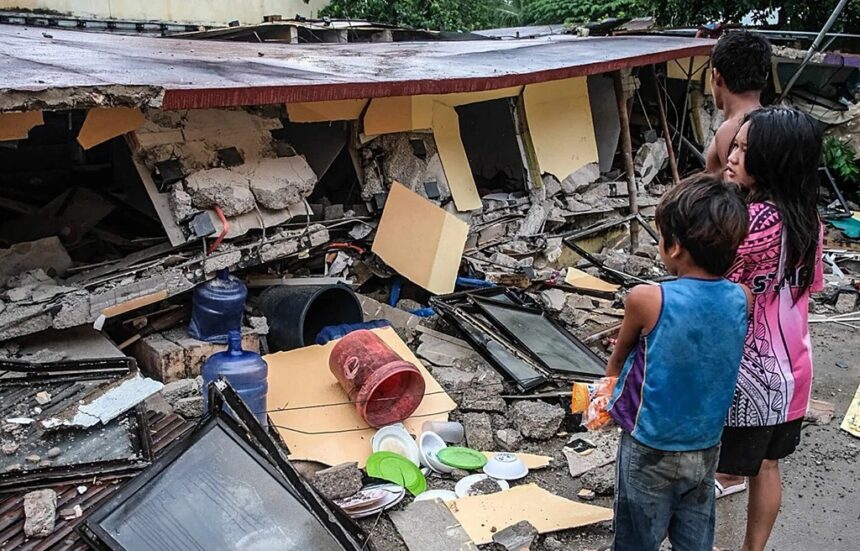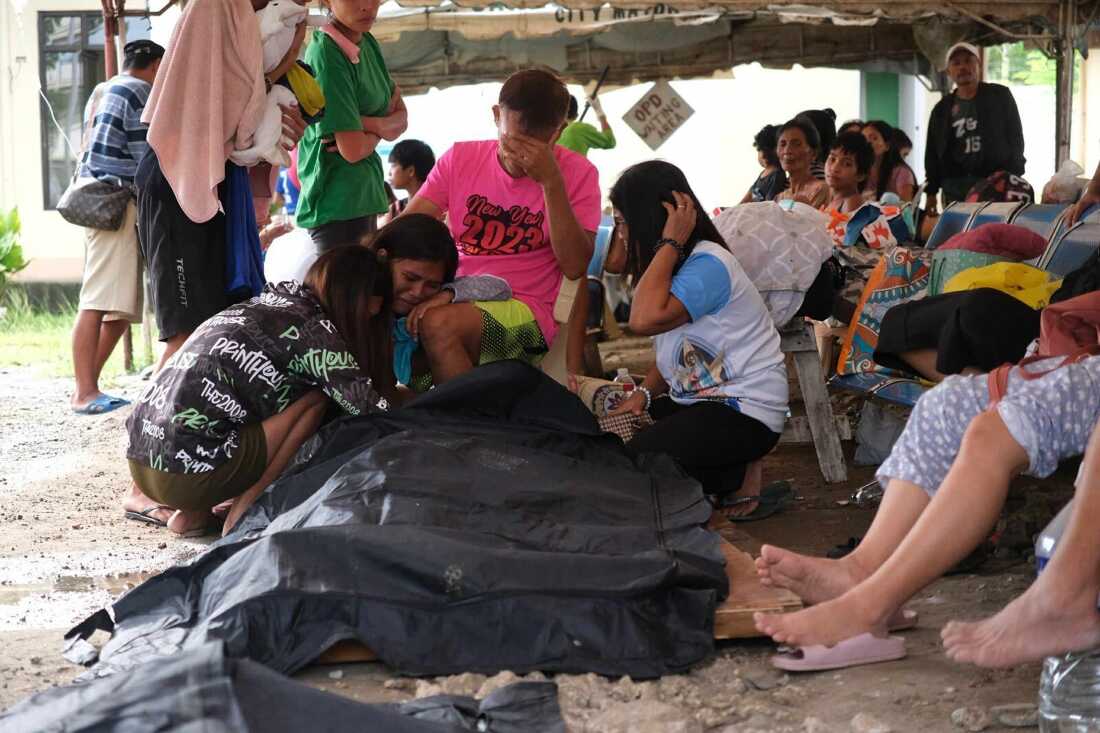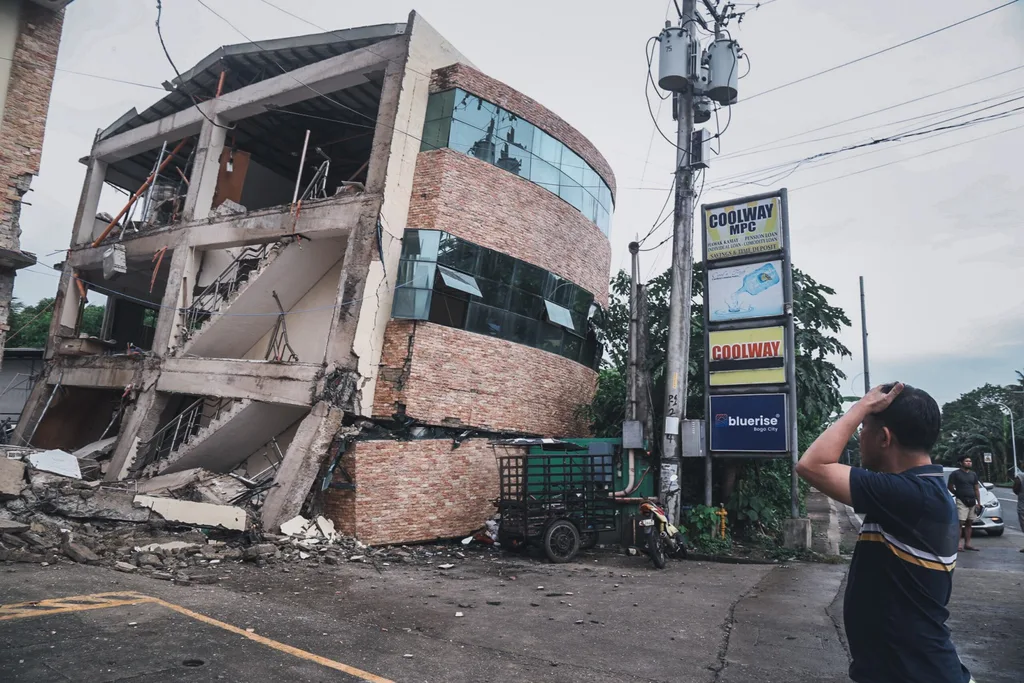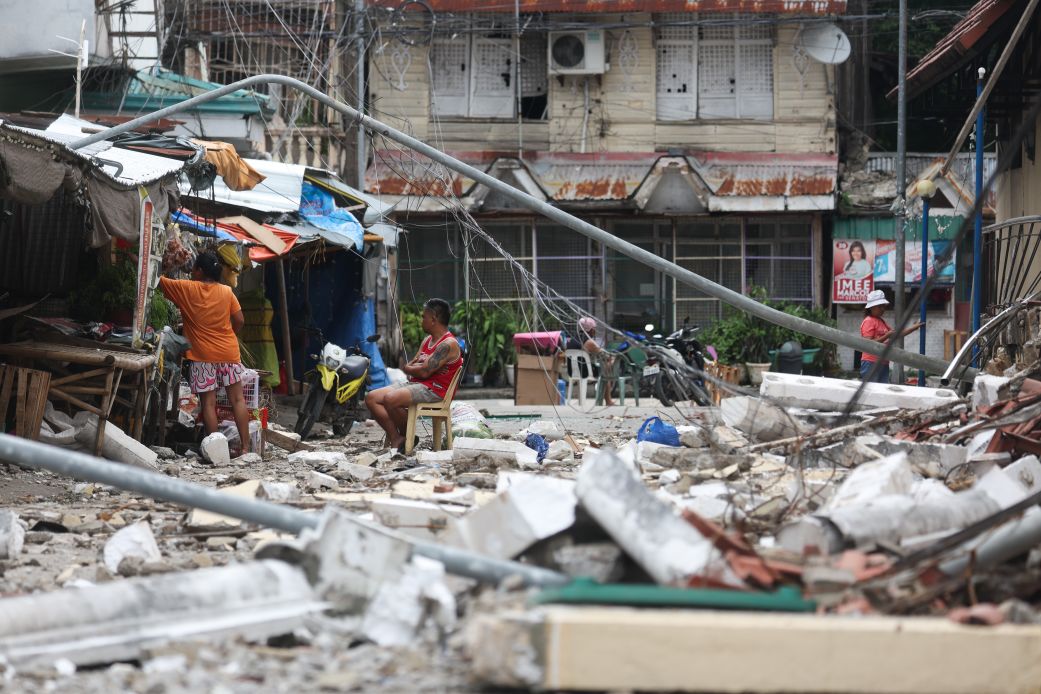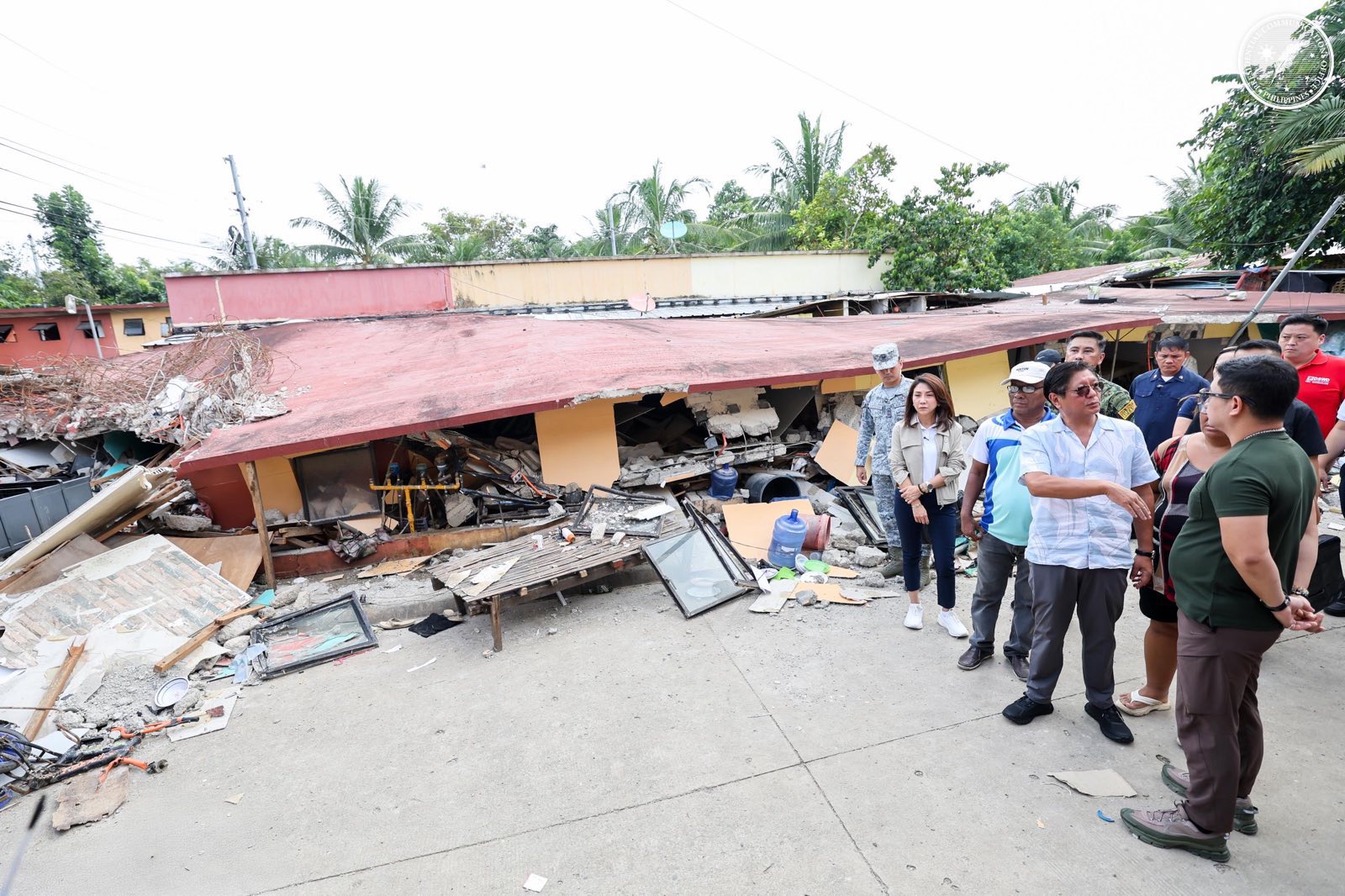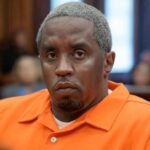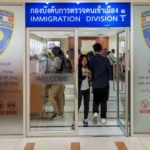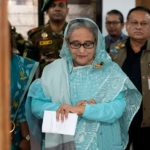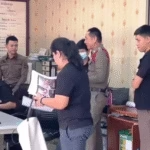BOGO CITY, Cebu — Five days have passed since the magnitude 6.9 earthquake in northern Cebu shook with violent force, taking 72 lives and futures in seconds. “The earth screamed like it was alive,” says Lopez, 42, her voice shaking as another low rumble rolls through the dark. I
t is one of more than 600 aftershocks that have unsettled the region since a magnitude 6.9 earthquake struck on 30 September 2025. For Cebu, once busy with visitors and trade, the fear has not faded.
The quake was the strongest recorded in northern Cebu and the deadliest in the Philippines since 2013. It came from a shallow undersea fault about 11 kilometres off the coast of Daanbantayan at a depth of only 5 kilometres. It hit at 9.59 p.m. local time, when families had settled in for the night, and sent destruction across the Visayas.
PHIVOLCS placed the epicentre around 19 kilometres northeast of Bogo City, a coastal hub of 90,000 people where the shaking was most intense. Half of the confirmed deaths were recorded there, and streets that once thrived now sit buried in rubble and sorrow.
Death Toll Climbs to 72
As of 4 October, the official death toll is 72, confirmed by the National Disaster Risk Reduction and Management Council after search operations ended on 2 October. Four children died in Bogo when homes collapsed. Nearly 300 people were hurt, and hospitals struggled to cope, treating patients on pavements and in temporary tents as buildings cracked. San Remigio lost 22 people, including six coast guard officers and a firefighter.
Medellin reported 10 deaths, Tubogon five, with single fatalities in Sogod and Tabuelan. “These numbers do not show the emptiness left behind,” says Cebu Governor Pamela Baricuatro, who has barely slept while directing relief work. More than 111,000 residents have been affected, and over 20,000 are displaced. Many are sleeping outdoors or in evacuation centres, too frightened to return to damaged homes while the earth keeps moving.
Cebu, the country’s second most populous province with 3.4 million people, took the worst hit. Bogo endured some of the heaviest losses. Apartment blocks collapsed into layers, roads cracked like broken pottery, and bridges failed. Drone footage from Reuters shows rescue teams digging through the mud-caked remains of a ruined pension house, once a place of plans and small joys.
The timing deepened the shock. In Cebu City, 100 kilometres south, the Miss Asia Pacific International pageant was cut short as contestants stumbled from the stage in panic. In the north, the situation was far worse.
Rain-soaked slopes, already unstable after a recent tropical storm, gave way. Landslides buried shanties and hampered searches. One slide in a mountain village in Bogo trapped residents for hours. Aftershocks kept coming, including one at magnitude 6, which rattled nerves and slowed rescues.
Cebu Buildings Severely Damaged
Damage reports reveal the scale. The NDRRMC lists 87 buildings and nearly 600 homes damaged or destroyed, hitting more than 170,000 lives. Power cuts left 85 cities without electricity, cutting Cebu from the wider Visayan grid. The National Grid Corporation of the Philippines moved to stabilize supply under a yellow alert.
The 139-year-old Archdiocesan Shrine of Santa Rosa de Lima in Daanbantayan now lies partly in ruins, its coral stone blocks scattered. The Saints Peter and Paul Parish on Bantayan Island also suffered a partial collapse. A McDonald’s in Bogo stands twisted and hollow.
The Cebu Provincial Hospital in Bogo, vital for urgent care, developed structural cracks and shifted patients outdoors until engineers cleared it on 2 October. Fast-food outlets, shops, and a sports complex are in pieces.
Three major bridges in Tabogon and San Remigio remain shut, stalling aid and isolating communities. Economic losses will be heavy. Cebu, known for beaches and heritage sites, faces huge rebuilding costs. Schools across the Visayas are closed, and businesses have paused operations.
Aftershocks have kept people on edge and could continue for weeks. PHIVOLCS Director Teresito Bacolcol warns that the fault, quiet for 400 years, is still active. He urges caution in areas prone to mudslides due to constant rain. “We’ve lost count,” says tricycle driver Sonny Cuse, 38, who ran with his family when their home shook.
Tremor and Aftershocks
A magnitude 4.7 tremor on the evening of 1 October sent people in Bogo back into the streets. Smaller shakes below 4.5 carry on, fraying tempers and sleep. Early tsunami advisories for Cebu, Leyte, and Biliran were lifted after no significant waves appeared, but fear lingers. The quake struck just days after Tropical Storm Karding killed 27 people in the region, leaving communities hit twice and resources stretched thin.
There are signs of resolve, helped by rapid government action. President Ferdinand Romualdez Marcos Jr., who has highlighted disaster readiness since 2022, led a rapid response. On 30 September, within hours of the shock, he ordered the Bureau of Fire Protection, the Philippine National Police, and Philippine Army units to start search and rescue.
The Metropolitan Manila Development Authority flew in teams and supplies. The Department of Health and the Department of Social Welfare and Development set up mobile kitchens and distributed food, water, and hygiene kits. “We are assessing the damage, we are assessing the needs,” Marcos said in a national address, offering condolences and promising zero-balance billing for medical care so victims would not pay out of pocket.
By 2 October, Marcos had arrived in Bogo. He visited the Yolanda Housing Village, a resettlement site for survivors of 2013’s Super Typhoon Haiyan, where eight more people died. He viewed cracked roads and fields strewn with debris, and pledged 180 million pesos, about 3.2 million dollars, in immediate aid for Cebu and affected towns, plus 5 million pesos for each provincial hospital.
State of Emergency
Families who lost their homes would receive 100,000 pesos, about 1,700 dollars, and displaced households 10,000 pesos, about 170 dollars. To ease the shelter crisis, he approved a tent city for the 20,000 evacuees.
Generators helped restore power to Bogo by Thursday night. His office added over 200 million pesos more, and calamity funds were opened across 55 cities and towns now under states of emergency.
Vice President Sara Duterte visited Cebu to comfort families and direct aid through her satellite office. International partners, including the UN’s OCHA and WHO, offered support and praised first responders. U.S. Ambassador MaryKay Carlson sent condolences and signalled readiness to help, with Japan, Australia, and the EU echoing the message.
The Philippine Charity Sweepstakes Office launched relief drives. On the ground, K9 units, medics, and local volunteers worked side by side in makeshift clinics and supply lines, showing the spirit of bayanihan in action.
The path to recovery will be long. In Bogo, 34-year-old Jesiel Malinao keeps watch between the coffins of her two children, a stark picture of loss. “We survived Haiyan, but this broke us,” she says. Nearby, 43-year-old Lucille Ipil waits in line for water.
“We cannot eat, drink, or bathe properly. When does the shaking stop?” Marcos acknowledged the hurdles in his Bogo briefing. Damaged roads and bridges slow relief, but he vowed to rebuild stronger communities. With aftershocks likely to continue, Cebu faces hard choices and hard days.
The country sits on the Ring of Fire, and Defence Secretary Gilberto Teodoro Jr. says the quake should sharpen planning for the feared Big One near Manila. For now, under fallen bell towers and fractured homes, families hold on to faith, to each other, and to the promise of morning. Reconstruction bids begin next week. Healing will take far longer.




